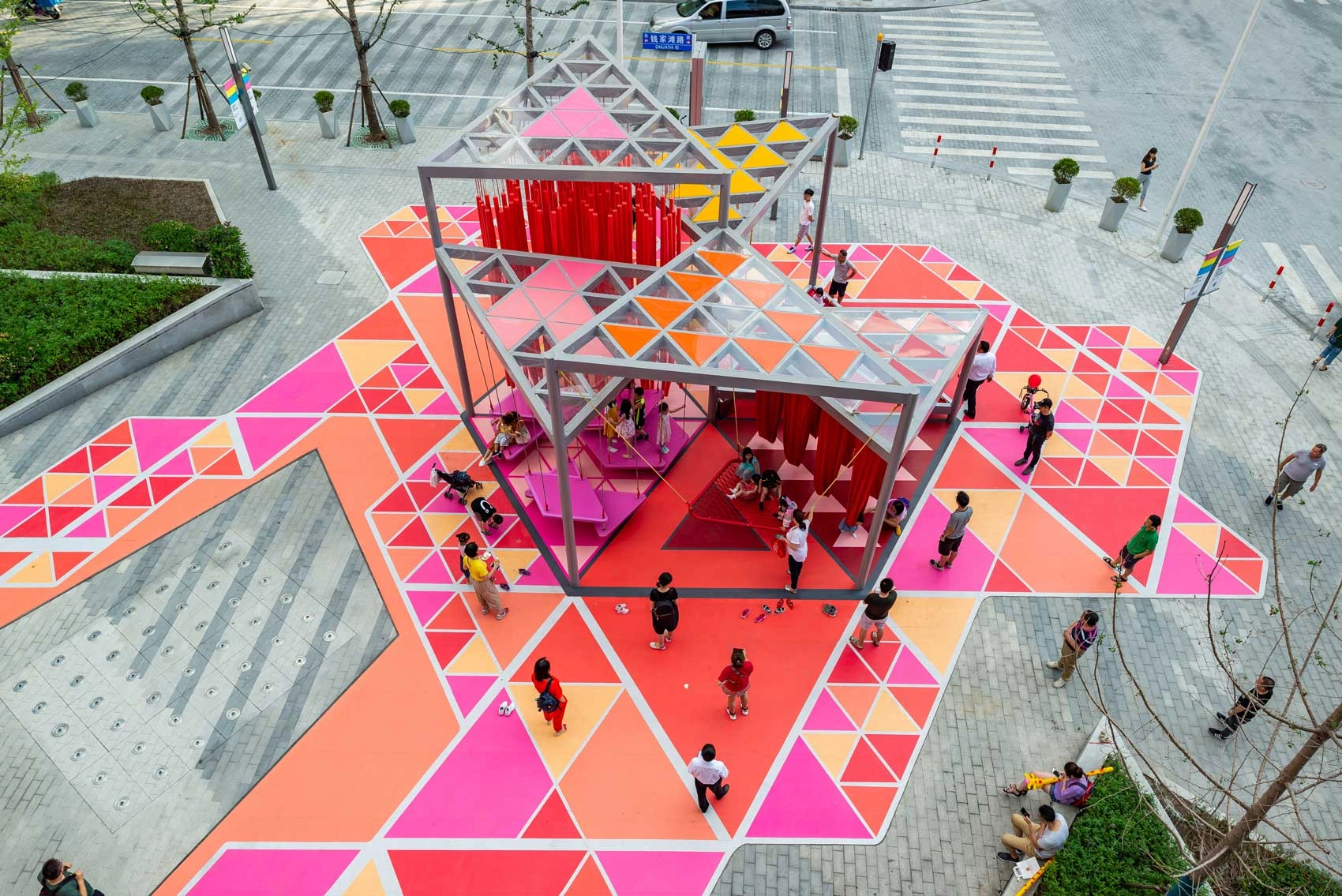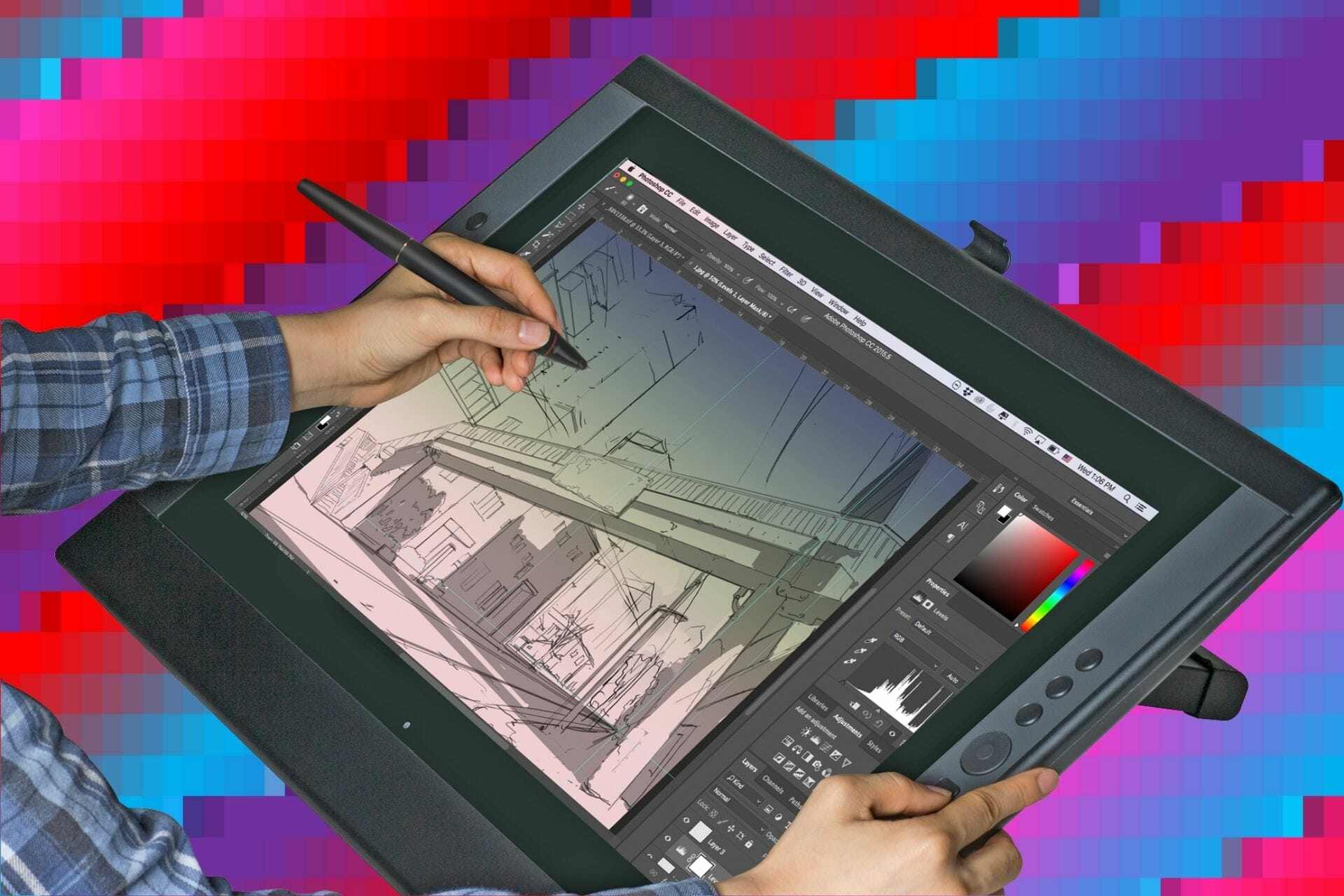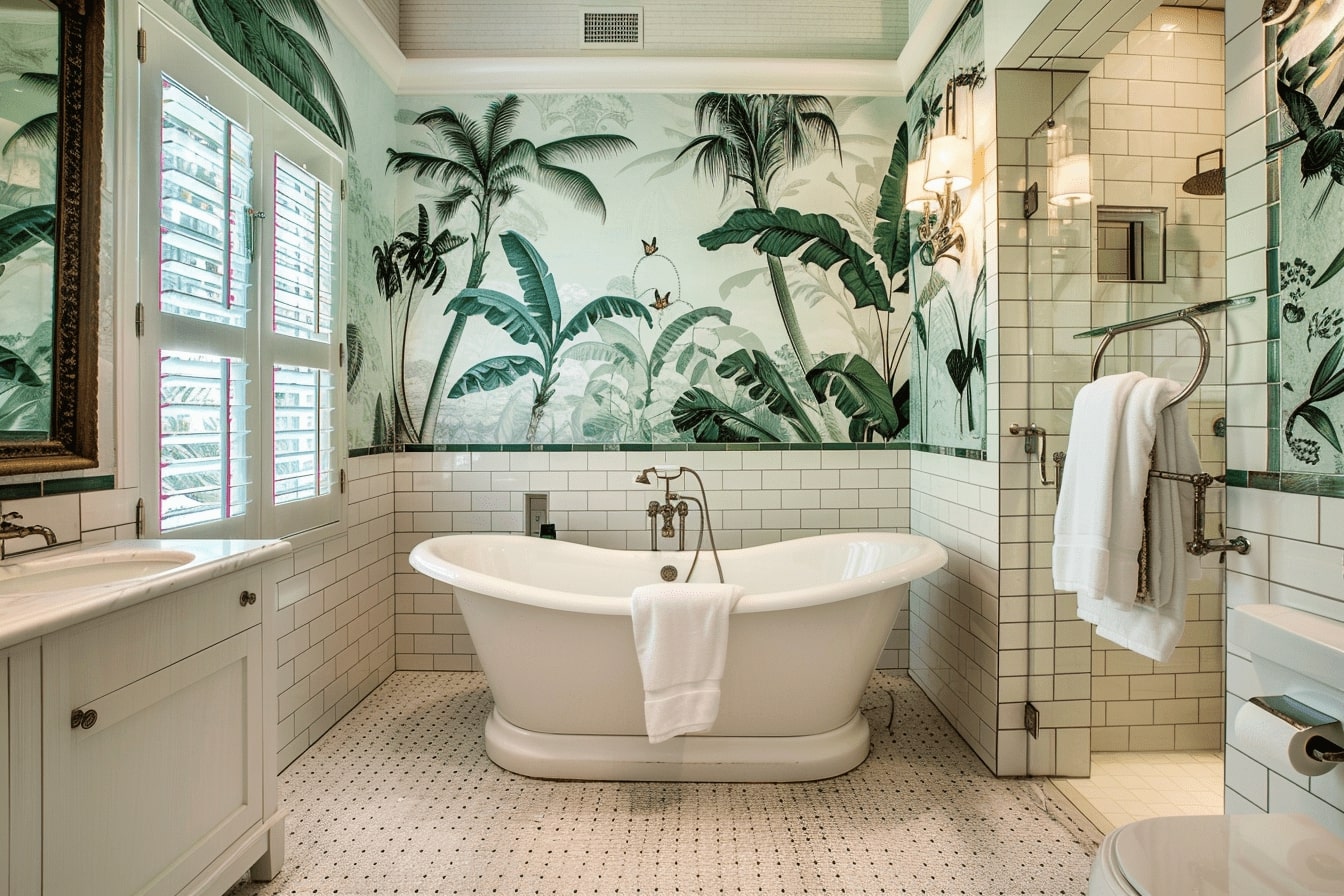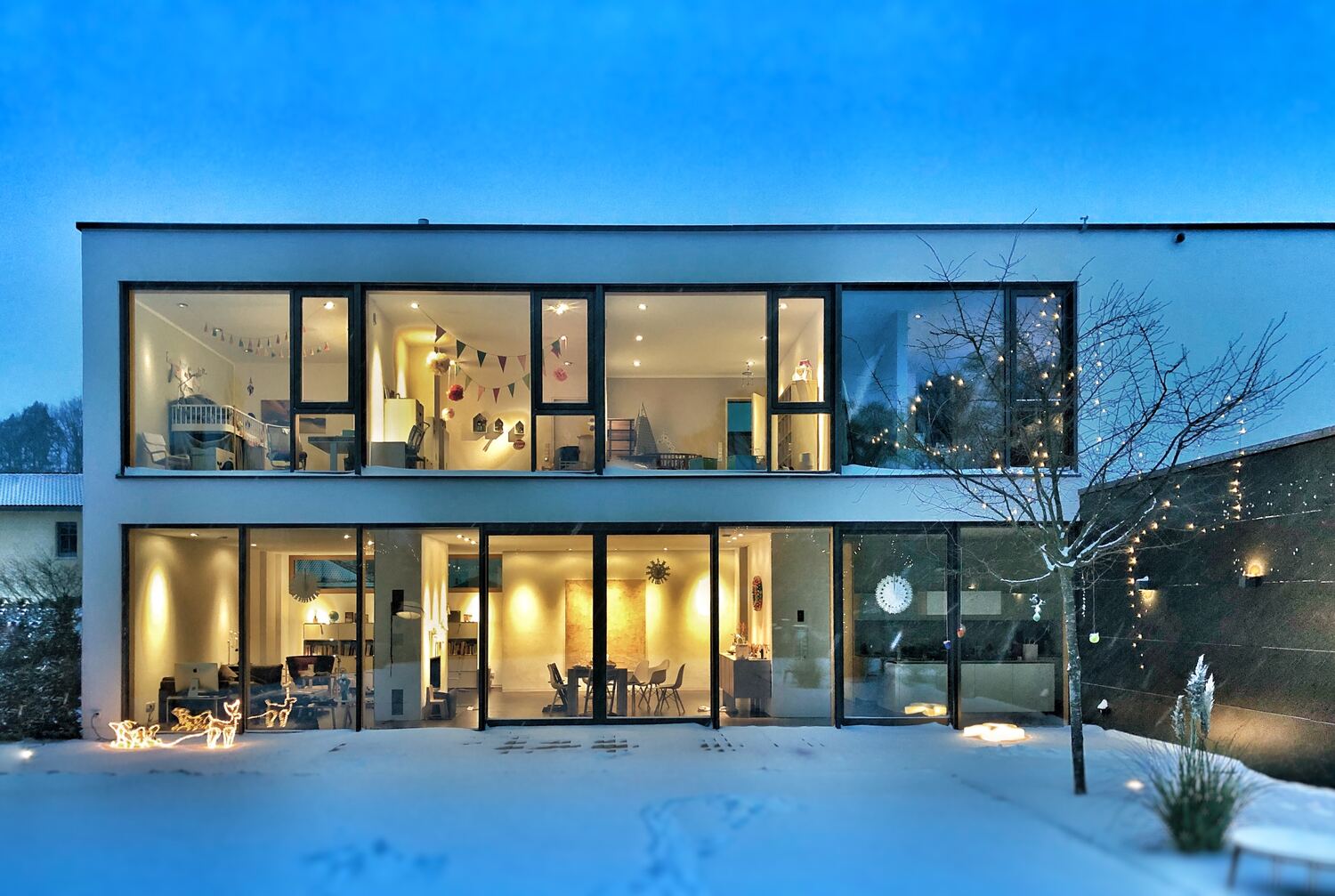What is a Public Space Project and What Does it Aim to Achieve?
Public space projects are becoming increasingly popular as a way to transform urban landscapes, regenerate public spaces and create vibrant communities. They aim to create a sense of place and bring people together in public spaces, whether that be through the design of parks, squares or streets.
These projects are also used to tackle issues such as air pollution, traffic congestion and social isolation. By creating attractive public spaces which invite people to linger and interact with one another, these projects can help reduce crime rates and promote healthier lifestyles.

Due to the importance of public space projects as a part of the urban regeneration process and can have a lasting impact on the lives of those living in cities, in this article we will talk about them. By creating places for people to come together, they can help foster community spirit and create a more vibrant cityscape.
The Most Creative & Innovative Public Space Projects from Across the Globe
Public spaces are an integral part of our cities. They provide an opportunity for people to come together, interact and engage in activities that bring life to the city. In recent years, there has been a surge in creative and innovative public space projects from across the globe. From urban green spaces to interactive art installations, these projects have transformed the way we view public spaces and how we interact with them.

This article will take a look at some of the most creative and innovative public space projects from around the world. We will explore how these projects have changed our perception of public spaces and how they are helping to create more vibrant cities. We will also discuss some of the best practices for designing effective public space projects that can benefit both people and the environment.
How These Projects are Improving Quality of Life for Residents & Visitors
Sustainable public spaces, community engagement projects and urban greening projects are all initiatives that have the potential to improve the quality of life for residents and visitors in cities. These projects are helping to create vibrant, livable communities, while also providing a range of environmental benefits. From reducing air pollution to creating wildlife habitats, these projects are making a positive impact on our cities and towns. By engaging local communities in the planning process, these projects can also help foster a sense of connection and pride among residents.

The Benefits of Investing in Public Spaces & Urban Landscapes
Investing in public spaces and urban landscapes can bring a wide range of economic and social benefits to cities. Public spaces provide a place for people to gather, interact, and build community. They also provide an opportunity for businesses to reach new customers, create jobs, and increase property values. Additionally, public spaces can help reduce crime rates, improve air quality, and even help with climate change mitigation efforts. Investing in our public spaces is an investment in the future of our cities and communities.
What Are the Challenges Faced by Cities in Designing & Implementing Such Projects?
Designing and implementing public spaces in cities is a complex task that involves multiple stakeholders. It requires careful consideration of the needs of different groups, such as the local community, businesses, and visitors.

The challenges faced by cities when designing public spaces include limited budgets, lack of public involvement, space constraints, and political pressures. Additionally, there are often cultural differences between different neighborhoods that need to be taken into account when designing for a diverse population.
Moreover, there is an increasing demand for sustainability in public space design. Cities must consider how their projects will affect the environment over time and ensure that they are creating spaces that can be enjoyed by future generations.









